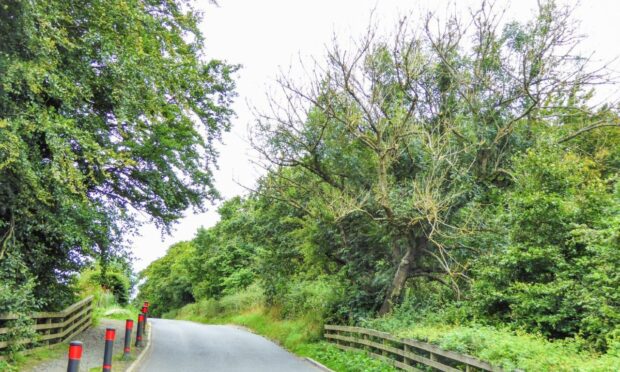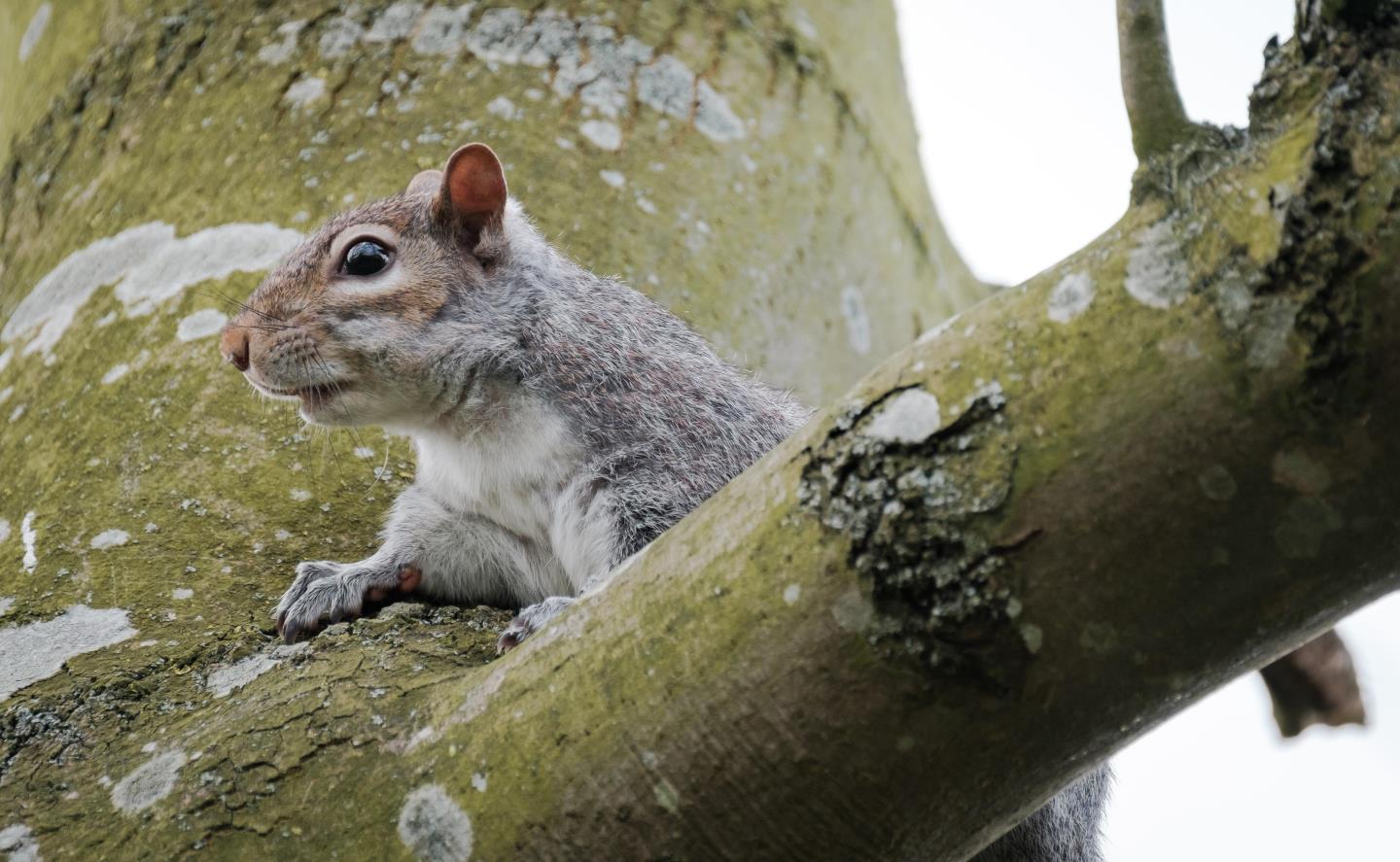Epidemics are nothing new, neither are they confined to humans.
Other organisms get them too, and one epidemic in particular – with a monstrous mortality rate as high as 85% – has been silently working away at one of our cherished species for over a decade.

Our ash trees are vanishing, but you could be forgiven for not noticing. In winter, the skeletal symptoms are hidden in plain sight by the general absence of foliage in the wider landscape. But, even in summer, when infected trees take on a sickly appearance compared to healthier neighbours, they’re not quite conspicuous enough to be obvious.
This summer, though, I’ve been noticing it. I mean really noticing it. I don’t know whether my local ash have crossed a threshold where the damage is more extensive, but suddenly it feels like I’m truly seeing the scale of the unravelling disaster for the first time. And now that I’ve seen it, I can’t unsee it.
No vaccine and no treatment to save our ash trees
Bare branches, either yellow with lichen or just grey and brittle, protrude in skeletal fashion from otherwise bushy trunks. Leaves hang from lesioned stems in rotten black clumps. Trees ragged in appearance, as though an autumn gale came early while they were still in full leaf.
Instantly recognisable, I see it wherever I go – in woodlands and hedgerows, in parks and gardens, along field edges and roads. It’s everywhere, but in this epidemic, there’s no vaccine to bring immunity. No treatment to alleviate the symptoms.
This is the sad reality of the fungus Hymenoscyphus fraxineus, more commonly known as “ash dieback“. It slowly kills the tree by starvation, entering through the leaves and eventually blocking the vessels that transport water and minerals up from the roots.
The first UK cases were identified in 2012 and were thought to have arrived via imported ash trees from Europe, but fungal spores had likely already been carried across the North Sea to eastern England on the wind.
The disease has spread inevitably and quickly since then, with cases being confirmed widely across eastern Scotland around 2014-15. And it now seems likely that ash will mostly disappear from the landscape.
Overall, ash is the third most abundant tree in Britain, but while ash in Scotland is neither as widespread nor as ubiquitous as it is down south, there are nonetheless an estimated 11 million ash trees up here, so the effects of the disease are far-reaching.
That’s especially the case in areas where ash forms a greater proportion of overall tree cover, not least our 94 Sites of Special Scientific Interest (SSSI) where ash is a qualifying feature.
We won’t know what we’ve got ’til it’s gone
Of course, death also brings life. Ash dieback is creating deadwood habitat on a massive scale, which will benefit countless species whose lifecycles depend on it. More light will hit the woodland floor, stimulating plant growth.
But while other species will inevitably fill the vacuum that ash leaves behind, any trees that grow big enough to replace them are likely to have a denser and therefore darker canopy than the dappled one ash formerly bestowed upon the woodland floor.
Biodiversity will undoubtedly suffer a net loss. In the UK, 950 species rely on ash for all or part of their lifecycles, and while some will be able to transfer to new host trees, they will face competition from existing inhabitants. And what of the 44 species found only on ash? Where will they move to?
“It saddens me to say so, but it seems that ash dieback had to literally hit home in order for it to hit home
Tree diseases are nothing new of course. Dutch elm disease is perhaps the best known, having decimated the elm population in the south and still working its way across Scotland. Thirty million elm have been lost – but some survive.
In mass infection scenarios there are usually individuals who are less susceptible or have complete immunity. Assuming they manage to reproduce, their progeny may well inherit that resistance and subsequently assist in the recovery of the species. We can remain hopeful for an ash recovery, but it certainly won’t be in my lifetime.
Ash is slipping between the cracks because it’s not as instantly identifiable as say, an oak or a Scots pine, but it’s widespread and big enough that we’ll miss it when it’s gone.
I’m fortunate to have a large ash behind my house and I simply cannot imagine it not being there. I checked it this summer and was dismayed to find it looking ragged and sickly. It saddens me to say so, but it seems that ash dieback had to literally hit home in order for it to hit home.
Ben Dolphin is an outdoors enthusiast, countryside ranger and former president of Ramblers Scotland

